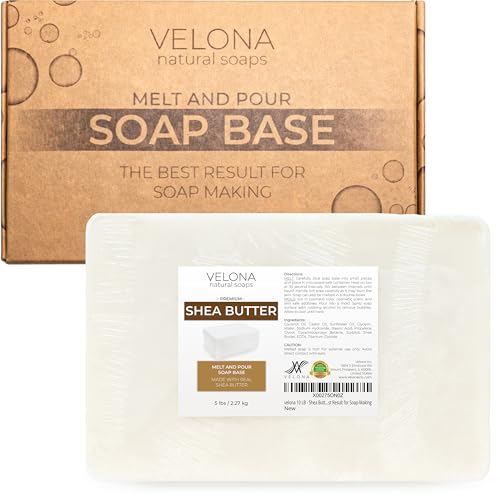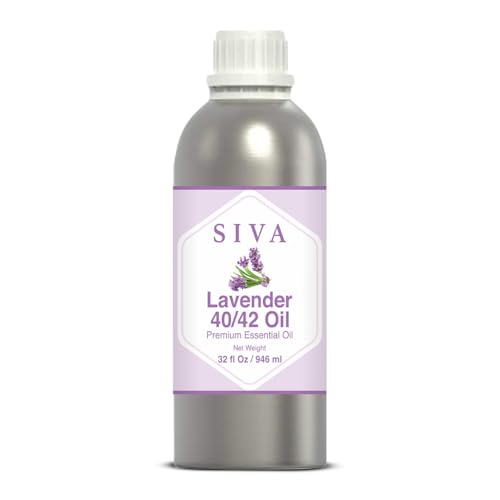Brittany Shaneyfelt
New Member
- Joined
- Jun 3, 2024
- Messages
- 2
- Reaction score
- 0
Hi!! New here!
I'm here to post for my mother who has developed some pretty severe allergies to glycols and linalool so we have been looking into her making her own soaps.
She wants to make a soap bar and a shampoo and conditioner bar avoiding glycols and linalool...we are absolutely desperate to figure this out and learn how to make a solid soap and solid hair products she can use.
Any help would be SO appreciated!!!
I'm here to post for my mother who has developed some pretty severe allergies to glycols and linalool so we have been looking into her making her own soaps.
She wants to make a soap bar and a shampoo and conditioner bar avoiding glycols and linalool...we are absolutely desperate to figure this out and learn how to make a solid soap and solid hair products she can use.
Any help would be SO appreciated!!!















































